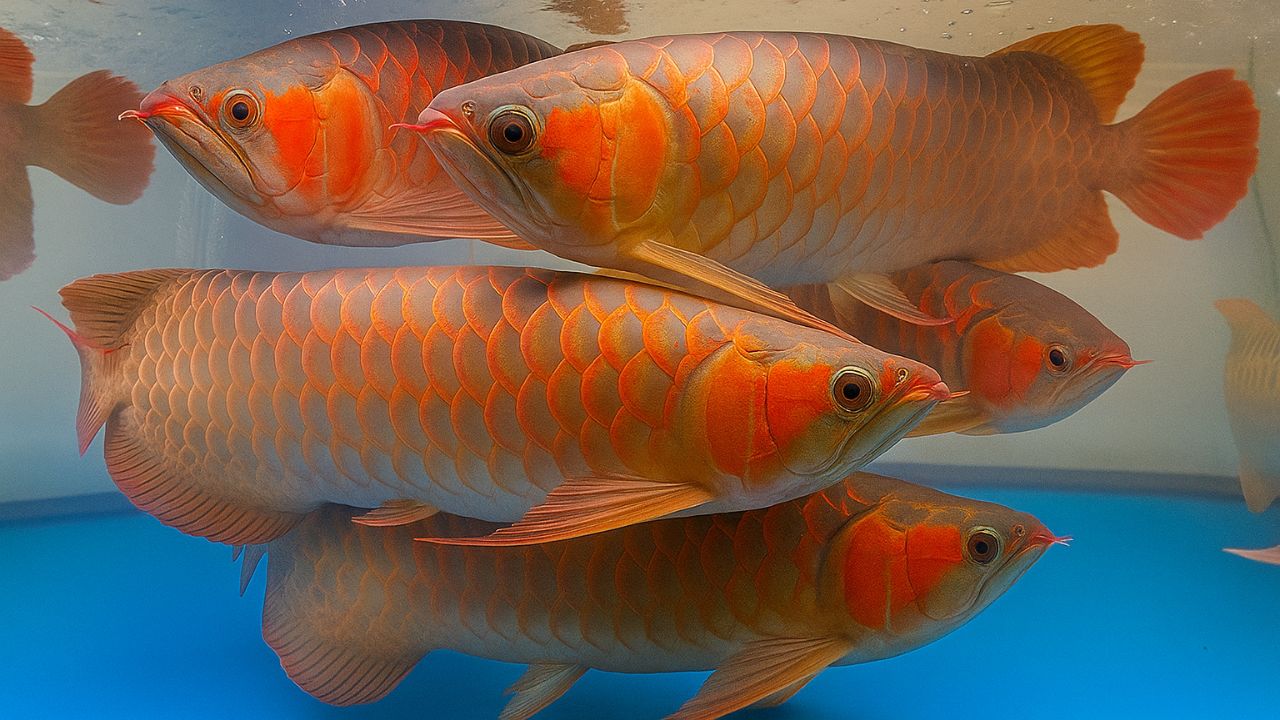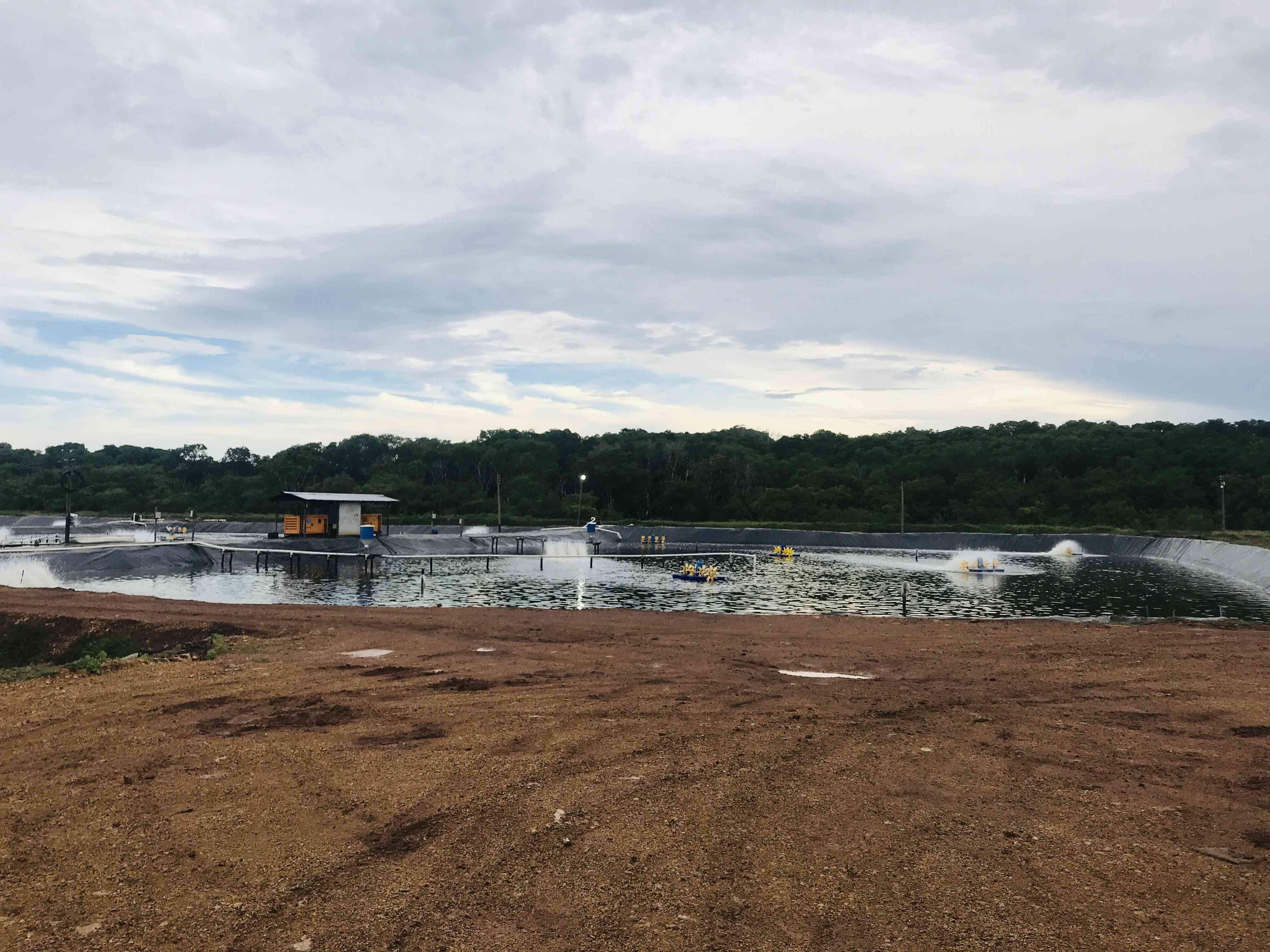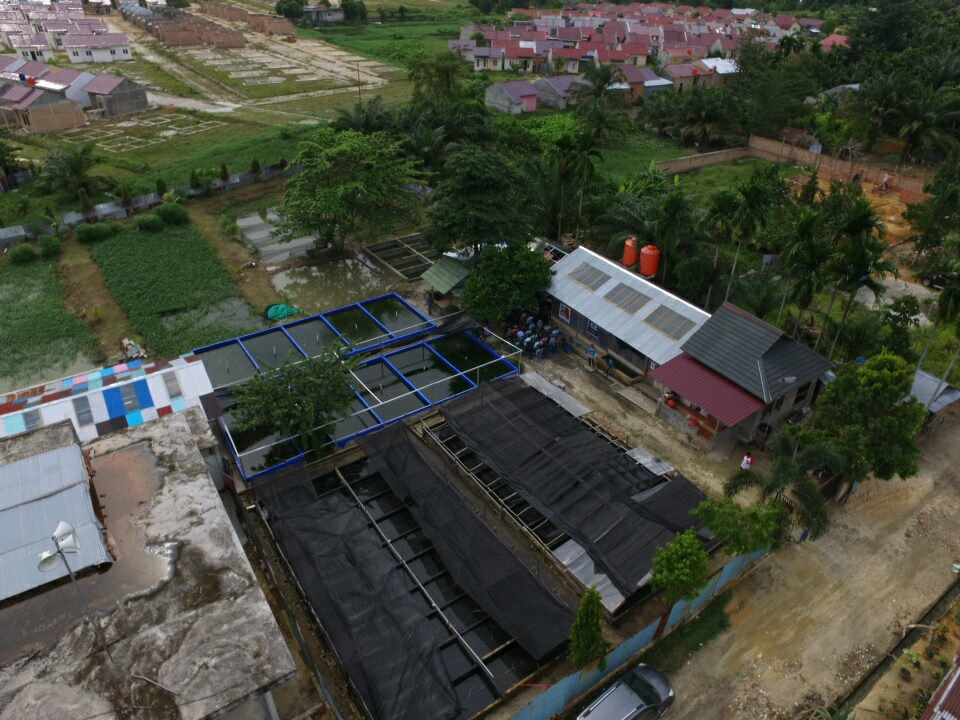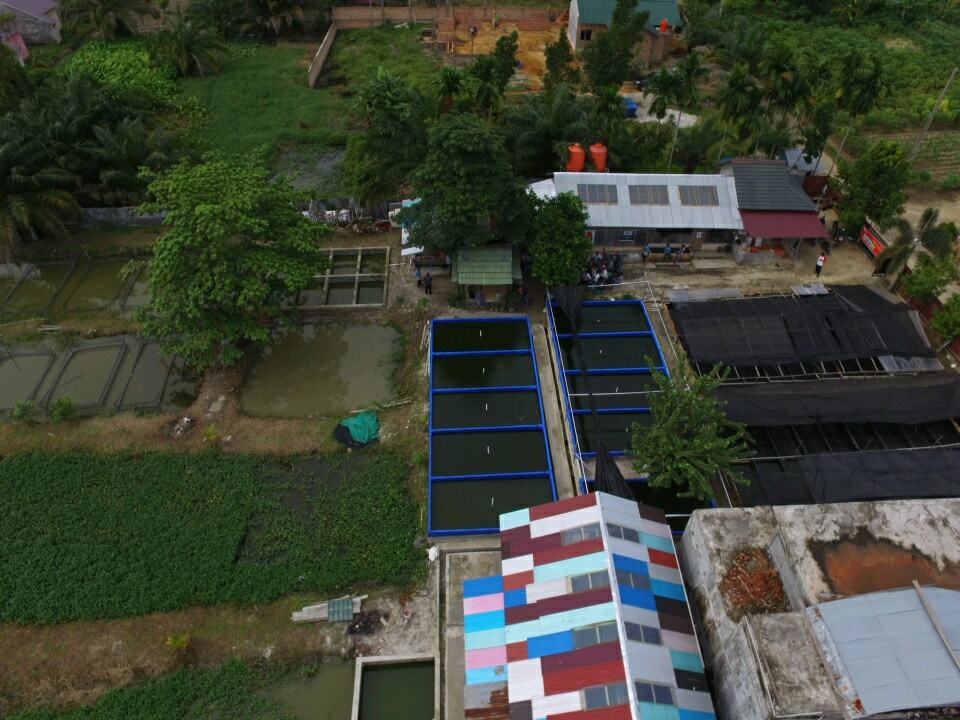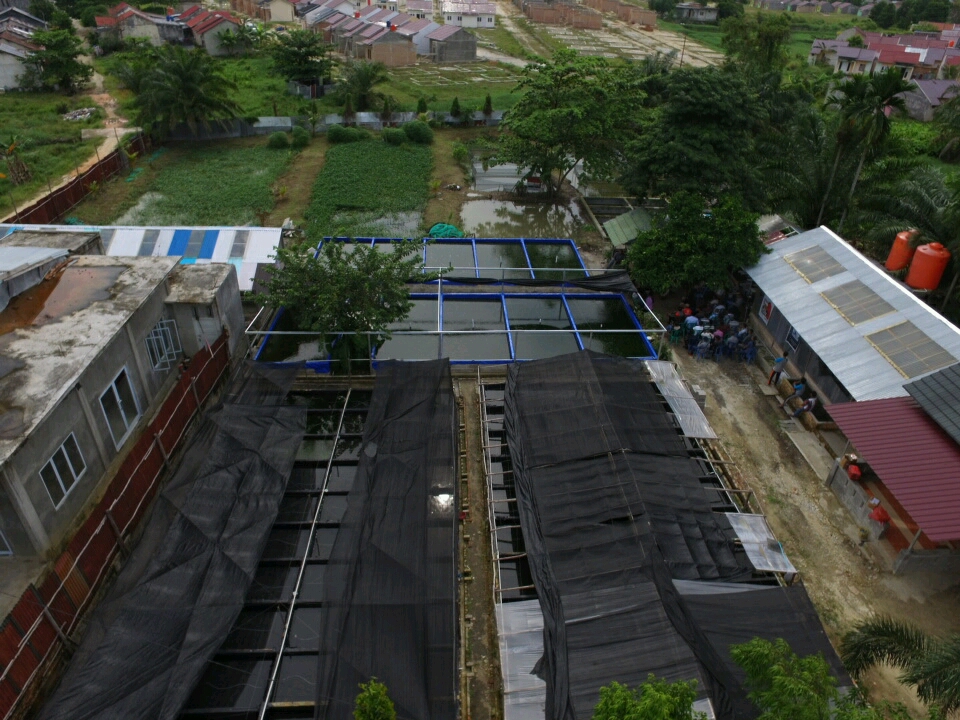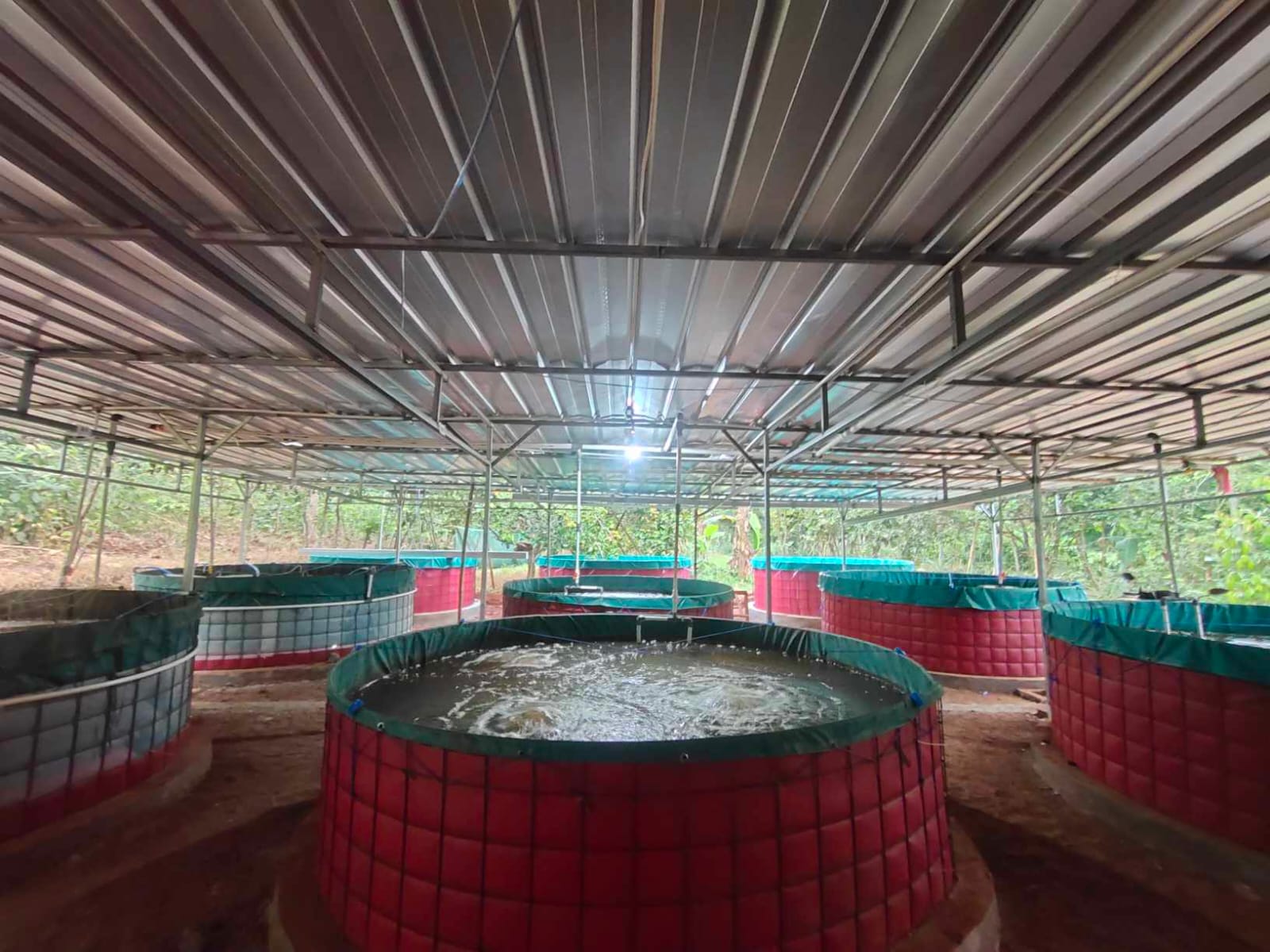In the world of elite ornamental aquaculture, one creature reigns supreme: the Asian Arowana, Scleropages formosus. Specifically, its most coveted variant, the Super Red, has long been recognized as the zenith of freshwater collecting. More than a mere pet, it is a living symbol of status and luxury, a biological asset whose value can appreciate over time. Yet, this magnificent fish is shadowed by a profound paradox. Its classification as "Endangered" on the International Union for Conservation of Nature (IUCN) Red List and its inclusion in Appendix I of the Convention on International Trade in Endangered Species of Wild Fauna and Flora (CITES) have fundamentally reshaped its destiny.
These stringent international regulations represent the highest level of protection, imposing an effective ban on the commercial trade of wild-caught specimens. This act, designed to shield the species from exploitation, has inadvertently become the catalyst for a new, hyper-modern industry. The global focus has shifted entirely to a sophisticated and meticulously regulated world of captive breeding. Within this paradigm, a fish's value is no longer dictated by its rarity in the wild, but by the demonstrable excellence of its cultivation—a complex matrix of superior genetics, optimal health, and unimpeachable provenance. It is in this high-stakes arena that the breeder One Red has positioned itself, not merely as a commercial farm, but as an institution setting a new gold standard for the industry, where the very act of conservation has forged a more exclusive and valuable marketplace.
An echo of the blackwater rivers: the origins of a legend
The legend of the Super Red Arowana begins in a remote and ancient ecosystem. This variant is endemic to the highly specific blackwater river systems of West Kalimantan, Indonesia, particularly the headwaters of the Kapuas River and the Sentarum Lakes complex. This is a world of water stained the color of dark tea, a natural infusion of tannins and organic acids leaching from the surrounding peat swamp forests. The water chemistry is unique, characterized by a low, acidic pH that has shaped life within it for millennia.
Biologists theorize that this unique environment is the evolutionary crucible that forged the Arowana’s signature crimson hue. The intense red pigmentation, they believe, likely evolved as a form of adaptive camouflage, allowing the predator to blend into the dark, reddish waters while hunting. This deep connection between environment and phenotype is the key to understanding its value. The commercial worth of a modern Arowana is therefore directly proportional to a breeder's ability to scientifically replicate the subtle environmental triggers of its ancestral home.
The red color of the Super Red Arowana fish: Banglele Indonesia
Connoisseurs and judges assess a Super Red Arowana against a strict set of morphological criteria, where every anatomical detail contributes to its aesthetic and financial worth. The primary attribute is color—an intense, solid, fiery red that ideally blankets the gill plates, lips, barbels, and the edges of the dorsal, anal, and caudal fins. Premium strains, such as the famed "Chilli Red" and "Violet Fusion Super Red," exhibit a red so deep it is sometimes layered over an exotic violet base on the scales.
Beyond color, the fish’s anatomy is paramount. The large, thick scales, a hallmark of the species, must be perfectly arranged with a powerful metallic sheen. Each scale on a top-tier specimen is framed by a crisp red rim, creating a stunning contrast. The ideal body shape includes a distinctively upturned mouth and a head profile that connoisseurs refer to as a "spoon head." Its fins should be long and broad, unfurling with majestic grace as it moves. The final measure of quality is its movement—a calm, deliberate, and powerful swimming motion that gives the impression of the fish effortlessly floating through the water, a living echo of its wild blackwater origins.
More than a fish: a cultural emblem of fortune and power
To comprehend the six-figure price tags often attached to the Super Red Arowana, one must look beyond its physical beauty to the deep cultural currents that drive its demand. In much of Asia, it is known as the "Dragon Fish" (龙鱼), revered as a living reincarnation of the mythical Chinese dragon. Its long, sinuous body, large metallic scales, and the pair of barbels on its chin that resemble a dragon's whiskers create an undeniable likeness to the powerful mythological beast.
This association imbues the fish with immense symbolic value, particularly within the philosophy of Feng Shui. It is believed to be a potent carrier of positive yang energy, which masterfully balances the natural yin energy of the water it inhabits. As such, the Dragon Fish is considered a powerful conduit for attracting fortune (hoki), prosperity, and success to its owner. It is for this reason that prominent business leaders and high-ranking officials often keep Arowana in their homes and offices as living talismans of power and deflectors of misfortune.
This cultural capital is further deepened by myths that portray the fish as a loyal guardian, willing to sacrifice its own life to protect its owner from impending danger. These are not quaint superstitions but deeply embedded belief systems that form the bedrock of the Arowana market. This intangible value, underwritten by a cultural and spiritual framework, makes the demand for the fish remarkably resilient, insulating it from the economic cycles and fleeting trends that affect other luxury goods. For its most ardent keepers, the Arowana is not simply a purchase; it is an investment in fortune itself.
The one red standard: engineering the future of the dragon fish
In an industry where precision and trust are paramount, One Red has established itself by operating on a foundation of research, conservation, and sustainable aquaculture. Drawing inspiration from industry pioneers, the institution has built its reputation on three pillars: superior genetic management, unwavering international compliance, and transparent documentation. This approach recognizes that the greatest risk for a collector is not the price, but the uncertainty of an asset's legality, purity, and identity. One Red’s business model is a systematic de-risking strategy, designed to sell certainty.
The quality of a Super Red Arowana is fundamentally determined by its genetic heritage. One Red employs a systematic, data-driven selective breeding program to ensure each successive generation exhibits superior traits. This process begins with the rigorous selection of broodstock; only individuals displaying the absolute best phenotypes—brilliant red coloration, proportional anatomy, majestic fins, and a stable temperament—are chosen to breed. To safeguard genetic vitality, a meticulous pedigree is recorded for every fish, tracking its lineage to prevent the detrimental effects of inbreeding, such as deformities and color degradation. To provide an absolute guarantee of purity, the facility utilizes DNA marker technology. This genetic analysis verifies the bloodline and ensures no undesirable hybridization has occurred, significantly enhancing the long-term investment value of each fish.
In a market often shadowed by illegal trade, legality and traceability are non-negotiable. One Red’s commitment to international compliance is the cornerstone of its business. The facility is officially registered with CITES, possessing a unique, globally recognized registration number that is a prerequisite for all legal exports. This status distinguishes its fish from the black market and subjects every international transaction to the strict oversight of CITES authorities.
Furthermore, every Arowana is implanted with a Passive Integrated Transponder (PIT) tag compliant with international standards ISO 11784 and 11785. This microchip, operating at a frequency of 134.2 kHz, contains a unique 15-digit identification code that is impossible to forge. It functions as a permanent digital passport, inextricably linking the fish to its legal documents and ensuring its provenance is secure from the farm to the collector. Each sale is accompanied by a comprehensive documentation package, including a signed certificate of authenticity and a birth certificate detailing the microchip number, hatch date, and parentage. For the serious investor, this paperwork is as crucial as the certificate for a fine work of art or a precious gem.
Frogs as food for adult Arowana fish: Banglele Indonesia
The architecture of excellence: a sanctuary of science and sustainability
One Red's success is physically embodied in its innovative breeding facility, an architectural marvel designed as a controlled, artificial ecosystem. This sanctuary merges natural elements with advanced aquaculture technology to precisely replicate the Arowana's native habitat while adhering to strict principles of sustainability. The layout is engineered to provide a low-stress, optimal environment for every stage of the fish's life. Expansive, semi-natural breeding ponds are surrounded by lush vegetation, which provides natural shade to stabilize water temperature and offers a sense of security for the valuable broodstock.
Complementing these outdoor spaces are dedicated indoor facilities for quarantine, egg incubation, and the rearing of fry, where every environmental parameter can be precisely monitored and controlled. This commitment to sustainability is woven into every operational aspect, creating a nearly self-sufficient and circular production ecosystem that serves as a model for the future of aquaculture.
As a registered breeder of a CITES Appendix I species, One Red consciously embraces its role as a bastion of ex-situ conservation—the preservation of a species outside its natural habitat. By running a successful and sustainable breeding program, the facility actively contributes to the survival of Scleropages formosus. It functions as a living gene bank, safeguarding the precious genetic diversity of superior bloodlines. Crucially, by providing a steady supply of legal, traceable, and high-quality fish, One Red helps satisfy market demand, thereby reducing the pressure from poaching on the Arowana’s wild habitats, which are increasingly threatened by environmental degradation. This creates a powerful symbiotic loop: the commercial pursuit of perfection directly funds and enables meaningful conservation.
The arowana as a global asset: anatomy of a billion-dollar market
The Super Red Arowana sits at the apex of a thriving global ornamental fish industry. According to market analyses from firms like Grand View Research, this sector is projected to exceed a value of $12 billion USD by the early 2030s, driven by a healthy Compound Annual Growth Rate (CAGR) of approximately 7.8% to 8.5%. Within this vast market, demand for the Super Red Arowana is exceptionally strong, led by collectors and investors in East Asia, particularly China, as well as growing connoisseur communities in the United States and Europe.
The investment value of a single Arowana is determined by a confluence of factors. The foundation is its intrinsic quality: the intensity of its color, the perfection of its form, the grace of its movement, and its overall health. Layered upon this is the value of its genetics, as fish from proven, champion-producing bloodlines command a significant premium. Exclusivity is another key driver; specimens with unique characteristics or those that have won prestigious competitions can fetch astronomical prices at auction.
However, the absolute, non-negotiable foundation of value is legality and provenance. For a CITES Appendix I species, a fish without a valid CITES certificate and a corresponding microchip is effectively worthless on the legitimate international market and risks immediate seizure by authorities.
Understanding these dynamics, One Red has strategically engineered each of its fish to be a premier investment asset. Its business model has successfully repositioned the Arowana, transcending its identity as a pet to become a novel alternative asset class: the "Sustainable Living Asset." This appeals not only to traditional collectors but also to a new generation of investors guided by Environmental, Social, and Governance (ESG) criteria. The proposition is no longer just about acquiring a beautiful fish; it is about investing in a unique asset that combines the aesthetic allure of fine art, the tangible rarity of a precious gem, and the compelling ethical narrative of an ESG-compliant enterprise. The Super Red Arowana from One Red thus represents a remarkable synthesis: an investment that is at once beautiful, rare, and responsible.




